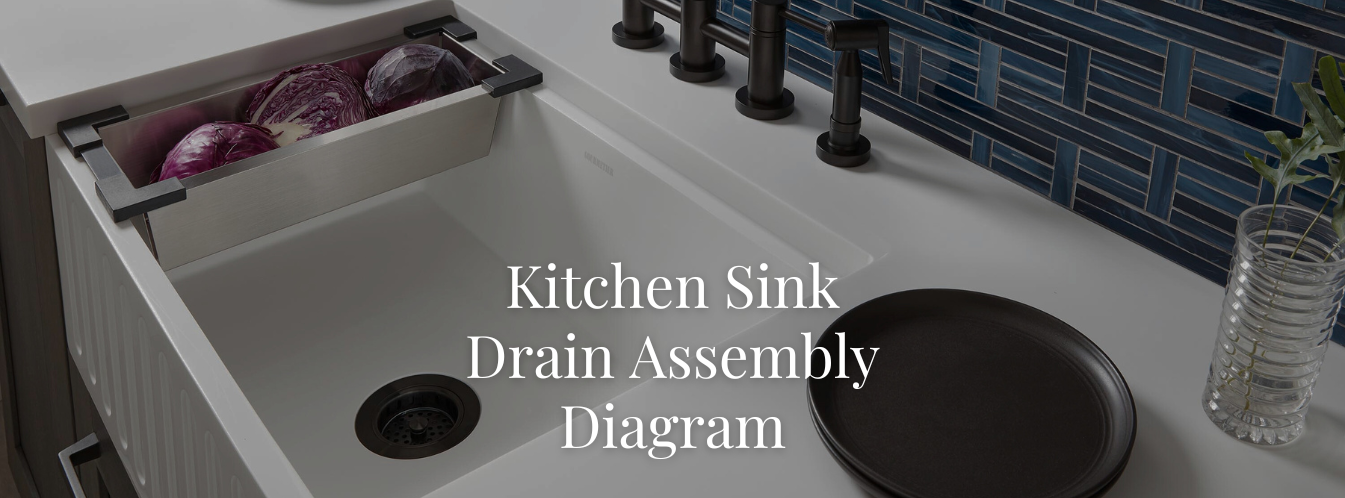Get [PRO] Pricing
Get [PRO] Pricing

Approaching the task of replacing or repairing a kitchen sink drain assembly can feel intimidating, especially for those new to DIY projects. The complexity of the components and the potential for leaks or improper installations can cause hesitation. However, once you understand the role of each part in the assembly, you can tackle any kitchen sink drain project with confidence. Breaking down the drain assembly into its components and understanding how they work together makes the process more manageable and less daunting.

Strainer Basket: The strainer basket sits at the very top of the assembly, visible from the sink basin. It catches large debris and prevents it from entering the drain, which helps to prevent clogs further down the plumbing. It also serves as the connection point between the sink and the drainpipe.
Strainer Flange: The strainer flange is the flat, round piece that sits underneath the strainer basket. It creates a seal between the sink and the rest of the drain assembly, ensuring that water flows directly into the pipes without leaking.
Rubber Gasket or Washer: This gasket or washer is placed under the sink, between the strainer flange and the sink’s surface. It helps create a watertight seal, preventing leaks from occurring at the point where the drain assembly connects to the sink.
Locknut: The locknut secures the strainer flange and gasket to the sink. It screws onto the bottom of the strainer basket, tightening the assembly in place. Ensuring this nut is properly tightened is crucial to prevent leaks.
Tailpiece: The tailpiece is the pipe that extends downward from the strainer flange and connects to the rest of the drain system. It’s often a straight section of pipe that leads to the P-trap or waste pipe. The tailpiece is usually secured with a slip nut and washer to allow for easy removal and replacement if necessary.
P-Trap: The P-trap is a curved section of pipe that connects the tailpiece to the waste pipe. Its unique shape traps a small amount of water, which acts as a barrier to prevent sewer gases from rising up through the drain and into the kitchen. The P-trap also serves as a catch for small objects that might fall down the drain.
Waste Pipe: The waste pipe is the final section of the drain assembly that carries wastewater from the P-trap to the home’s main drain line. It’s usually a horizontal pipe that runs into the wall or floor, depending on your plumbing layout.